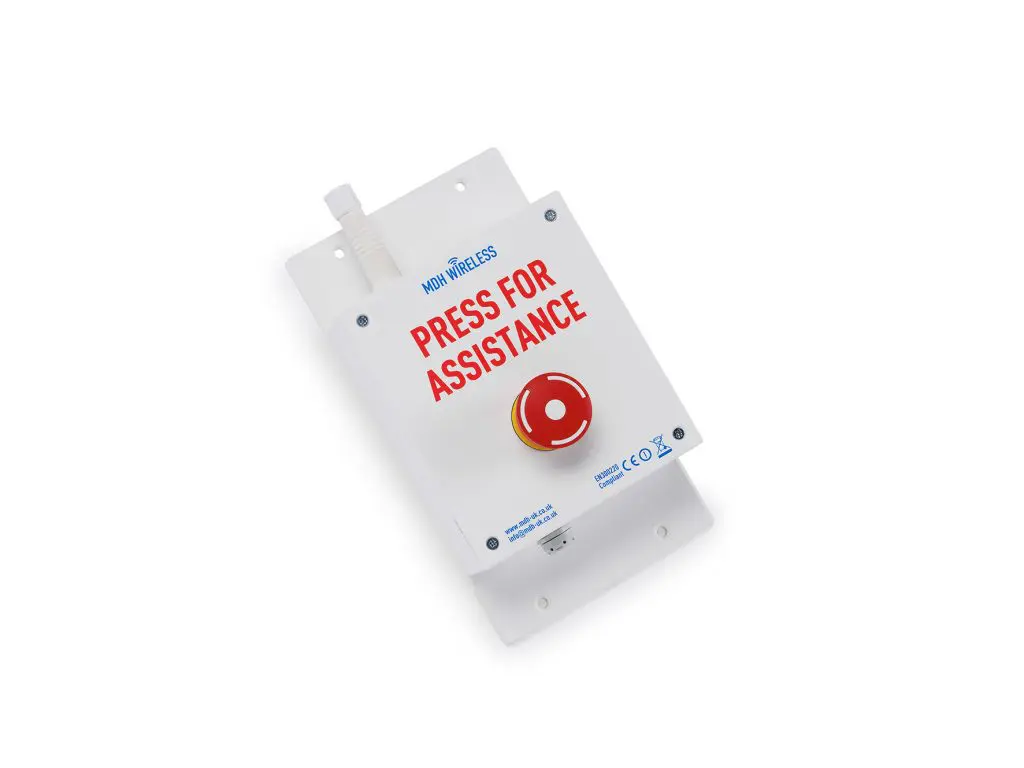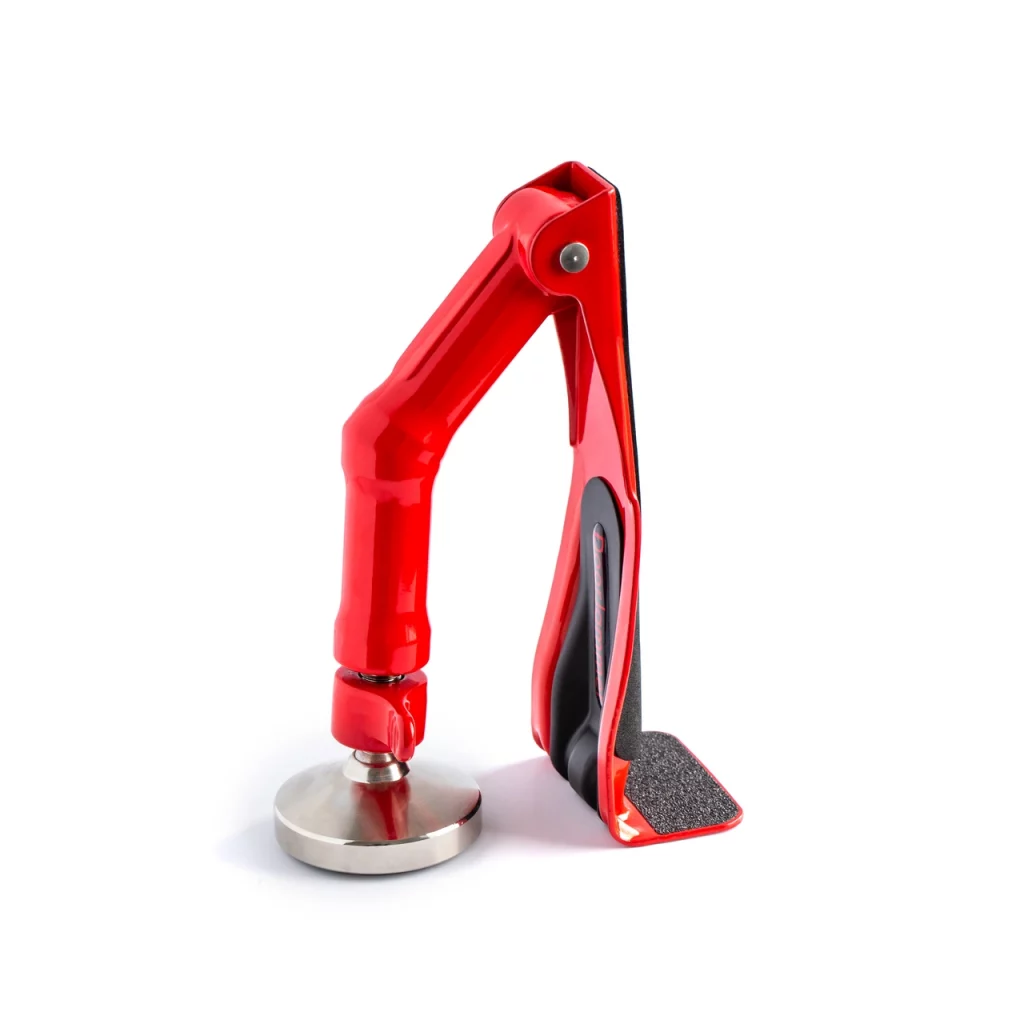While we’ve all been focused on the more immediate concerns about the cost of living and adapting school life to new infection prevention control measures, terror warnings across the globe have highlighted the need to keep students and classrooms safe in more ways than one. So, if it’s been a while since you’ve thought about lockdown measures and what to do in case of an unauthorised entry in your school, we’ve pulled together best practice recommendations to help you keep staff and students safe.
During the long period of the Covid-19 pandemic lockdown, it may have been easy to forget the vulnerabilities that come with regular life. Remote working and learning became a normality, so the majority of businesses and educational establishments were — and in some cases still are — conducted over virtual meetings and lessons. But, with a return to in-person mixing and socialising, so was the hard reality that safety and security must still remain a key priority for any public or private establishment.
This warning doesn’t come completely out of thin air. In the US, the Department for Homeland Security issued a revised terrorism threat bulletin last August, warning of a ‘heightened threat environment cross the United States’, with 23 school shootings in the 19 weeks from the beginning of August to December 9. In the UK, the government increased the national terror threat level to ‘severe’ in November 2021, following an explosion outside of Liverpool Women’s Hospital and the tragic murder of MP Sir David Amess in October and November 2021.
Hopefully, the threat levels will be downgraded, but these tragic events are an unfortunate reminder that schools and educational facilities need to be aware of potential risks and implement solutions that can help protect students, staff and classrooms from danger.
Appointing responsible staff for student safety
The first step in improving classroom safety and security is allocating staff members who can be responsible for any new protection measures. If there isn’t capacity for existing staff to manage any new additional processes, it may even be wise to look into hiring somebody who can coordinate safety measures going forward.
These include:
- Being responsible for the distribution and maintenance of any safety equipment on the premises
- Maintaining up-to-date lists of local police and emergency agencies (the UK has national emergency numbers, while in the US different departments may have a unique contacts for each state)
- Running regular drills to test the efficiency of security protocols
- Making recommendations for where safety could be improved
- Reporting any breaches or vulnerabilities that could be apparent in your nursery, school, university or college.
Keeping classrooms secure
Once an appropriate team has been selected to handle safety and security measures in the school, having the right safety equipment within the classroom can provide valuable time and protection from any invasive attack.
In the event of an active breach, having a school PA system that can reach every classroom is essential. This gives staff members the ability to instantly communicate with the entire school that safety protocols need to be followed and share awareness that there may be danger in other parts of the school.
It may also be wise to install a panic alarm button in school classrooms and lecture theatres, so that teachers, staff or students can send an alert for help, without drawing attention from an attacker who is already in the room. MDH Wireless makes a number of sentry alarm solutions, including a wearable pendant that responsible staff members can keep around their neck or in a pocket for instant access.

Replacing the glass on any doors or windows that face into a classroom with reinforced glass can be an effective way of minimising outside attacks. Solutions, such as School Guard Glass, are specially designed to withstand an attack for up to six minutes in official tests, giving a teacher, staff or student more time and opportunity to contact the police, while remaining safer at school.

If an attacker is inside the school building and attempting to access classrooms, having more confidence in the security of internal doors is vital. That’s why our final recommendation is to invest in a heavy impact door locking device that can withstand extremely high forces. The Night Lock is fixed into a door frame and uses a ‘handle’ that the teacher or responsible staff member can deploy to reinforce their door — but this also requires direct installation of the device into the building and door frame at an extra cost. If it is preferred to have a portable door security locking device that can be quickly deployed and moved to where it is needed, the DoorJammer Lockdown provides an ideal alternative. With an award-winning, police-accredited design, the DoorJammer Lockdown turns almost any in-swinging door into an instant barricade that can help to deter and delay any potential invaders.
